2021
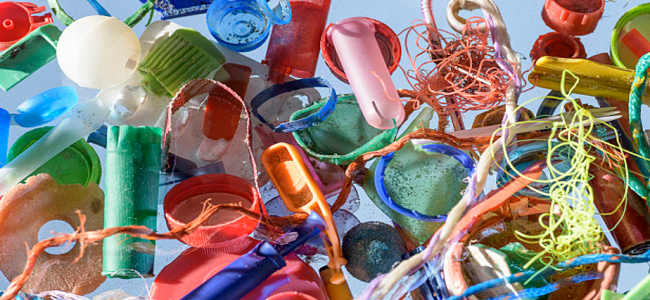
What You Should Know About Recycled plastics
The random disposal of plastic waste will cause “white pollution”, and there are environmental risks in the improper handling of plastic waste. So, how much do you know about the basics of waste plastics? For a long time, different forms of plastic products have been widely used in life. In recent years, with the development of e-commerce, express delivery, and takeaway industries, the consumption of plastic lunch boxes and plastic packaging has risen rapidly, causing new resources and environmental pressures.

What are the common plastics in life?
Common plastic product materials in daily life mainly include polyethylene (PE), polypropylene (PP), polystyrene (PS), polyvinyl chloride (PVC), and polyester (PET). They all have different properties, so their application areas are also different. Polyethylene plastics (PE, including HDPE and LDPE) are often used as raw materials for packaging. Polystyrene plastic (PS) is often used as foam cushions and fast food lunch boxes. Polyvinyl chloride plastic (PVC) is often used as toys, containers, etc. Polyester plastic (PET) is often used to make beverage bottles, etc.
Most of the recycled plastics are plastic films (including plastic packaging bags and agricultural films), plastic filaments and woven products, foamed plastic products, plastic packaging boxes and containers, cable sheaths, and various daily sundries, health care, and other plastic products. Among them, plastic products such as films, foams, packaging boxes, and woven bags are mainly used for plastic packaging. In addition, some other plastic packaging products (such as plastic pallets), agricultural plastic products, and plastic products for decoration are often used to recycle waste plastics.

How to deal with waste plastic
After the plastic is discarded, it is usually incinerated, landfilled, recycled, and discarded in the natural environment. Plastic is a material that is difficult to degrade, and it decomposes very slowly under natural conditions. When it enters the landfill, it takes about 200 to 400 years to degrade. If it is directly incinerated, it will cause serious pollution to the environment. When plastic is burned, not only a large amount of black smoke is produced, but also dioxins are produced. Even in a professional waste incineration plant, it is necessary to strictly control the temperature (above 850°C) and collect the fly ash after incineration.
Plastic is a very good material for recycling. Waste plastics can be used in all areas where plastics can be used. The use of recycled plastics is worthy of promotion and encouragement. The use of recycled plastics not only reduces plastic pollution but also allows everyone to fulfill their recycling responsibilities.
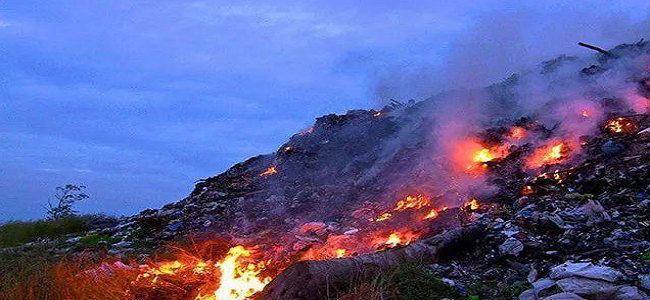
What are the recycling way for waste plastics?
The first step: separate collection
In the process of plastic production and processing, waste plastics, such as scraps, foreign products, and waste products, are generated. They are single in variety, free from pollution and aging, and can be collected and processed. Some waste plastics can also be recycled separately, such as agricultural PVC film, PE film, PVC cable sheath material, etc. Most waste plastics are mixed wastes. In addition to the complex varieties of plastics, they are also mixed with various pollutants, labels, and various composite materials.
Step : Crushing and sorting
When the waste plastic is crushed, a suitable crusher should be selected according to its nature. The degree of crushing varies greatly according to needs. The size of 50-100mm is coarse crushing, the size of 10-20mm is fine crushing, and the size of less than 1mm is fine crushing. There are many sorting techniques, such as electrostatic method, magnetic method, sieving method, wind method, specific gravity method, flotation method, color separation method, X-ray separation method, near-infrared separation method, etc.
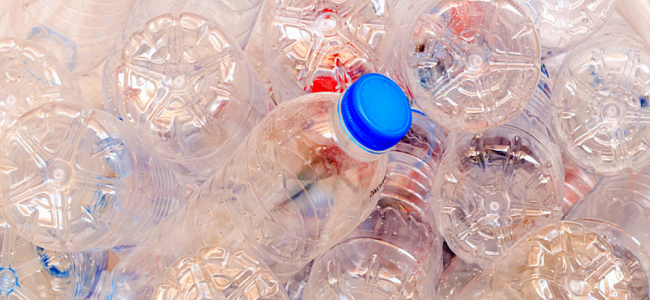
The third step: resource recycling
1.Processing into plastic raw materials
Reprocessing the collected waste plastics into plastic raw materials is the most widely used recycling technology. Mainly used for thermoplastic resins. Recycled plastic raw materials can be used as raw materials for packaging, construction, and farm tools.
Waste plastic incineration for power generation
The waste plastics in the municipal waste are burned to generate electricity. The technology is relatively mature. The combustion furnaces include rotary furnaces, fixed furnaces, and vulcanizing furnaces. The improvement of the secondary combustion chamber and the progress of tail gas treatment technology have made the tail gas emissions after the incineration of waste plastics meet the standards. The waste plastics incineration power generation must be scaled in order to obtain economic benefits.
Waste plastic is used as fuel to generate heat
The calorific value of waste plastic can be 25.08MJ/KG, which is an ideal fuel. It can be made into solid fuel with uniform heat, but the chlorine content should be controlled below 0.4%. The common method is to pulverize waste plastics into a fine powder, and then blend them into a slurry for fuel.
Thermal decomposition to make oil
The oil decomposed by plastic can be used as a fuel thermal decomposition device. There are two types: continuous and discontinuous. The decomposition temperature is 400-500℃, 650-700℃, 900℃ (co-decomposition with coal) and 1300-1500℃.
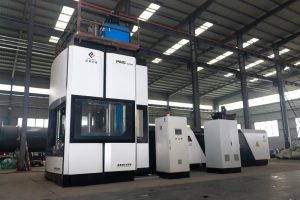
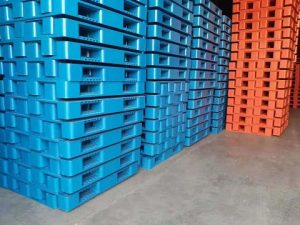
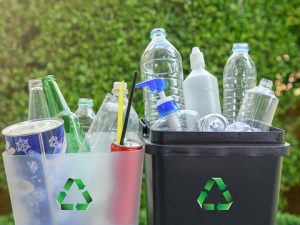

We will reply you asap!
To You For You. ThoYu will always make every effort to respond to you quickly and competently. Please complete the form below and our service staff will give you quick and reliable feedback within 24 hours.
(required) You are reassured that the information which you provide to us is used fairly and held securely.